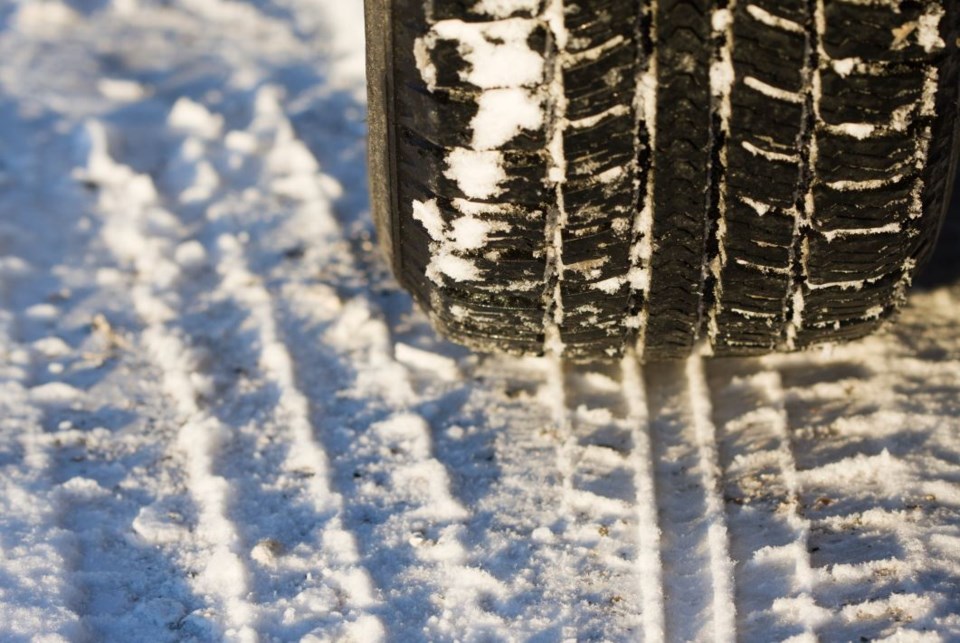Last week was sunny and warm and wonderful.
Well, so much for that.
The provincial government announced today that starting on Monday, people need to have winter tires on their vehicles on most British Columbia highways during winter months.
According to a news release, drivers must equip their vehicles with winter tires if they plan to travel on certain B.C. highways:
* in the North;
* in the Interior;
* on the South Coast, such as the Sea to Sky Highway; and
* on Vancouver Island, such as the Malahat and highways 4, 14 and 28.
“In B.C., regulations state that an appropriate winter tire is defined as one with either the M+S or mountain/snowflake symbol and in good condition with a minimum tread depth of 3.5 millimetres,” said the news release. “Drivers are encouraged to choose their tires based on the region and conditions in which they regularly drive. Tires marked with a mountain/snowflake symbol on the sidewall offer the best traction on snow and ice and in cold weather. Tires marked with M+S (mud and snow) offer better traction than summer tires but are less effective than mountain/snowflake tires in severe winter conditions.”
Drivers without the proper winter tires in good condition driving on designated B.C. highways can receive a fine of $109. The regulations end on March 31 on many highways, however, “the regulations have been extended to April 30, 2019, on select mountain passes and rural highways, to account for early spring snowfall.”
According to the Tire and Rubber Association of Canada, approximately 60 per cent of B.C. drivers now own winter tires, compared to 38 per cent in 2014.



